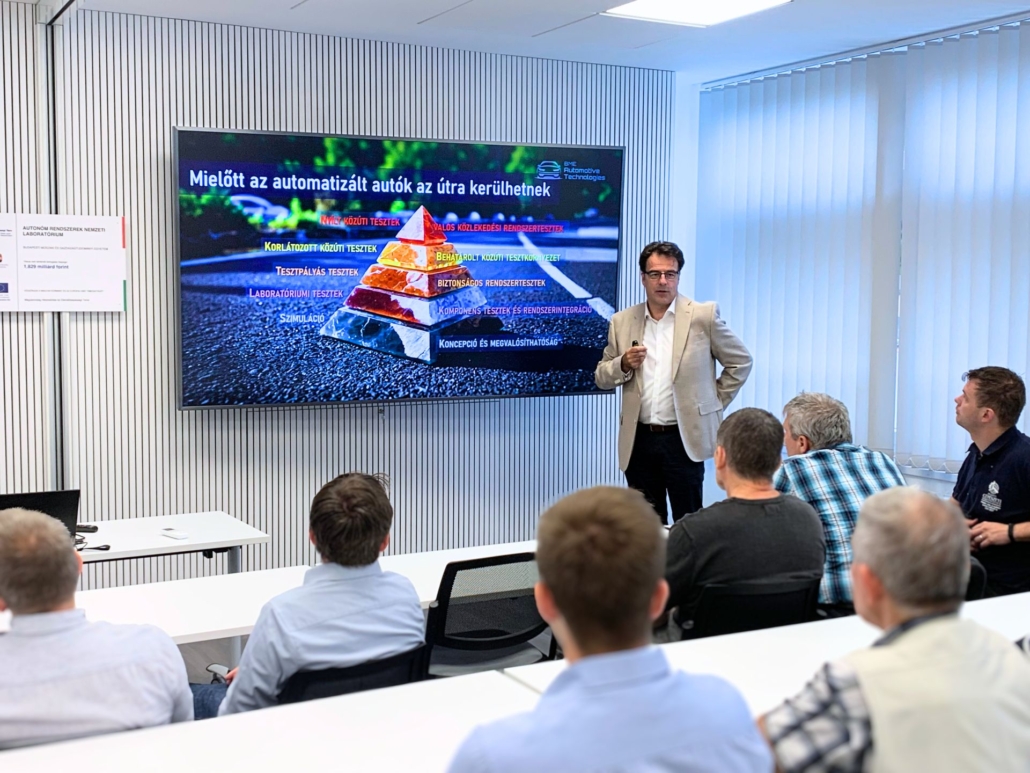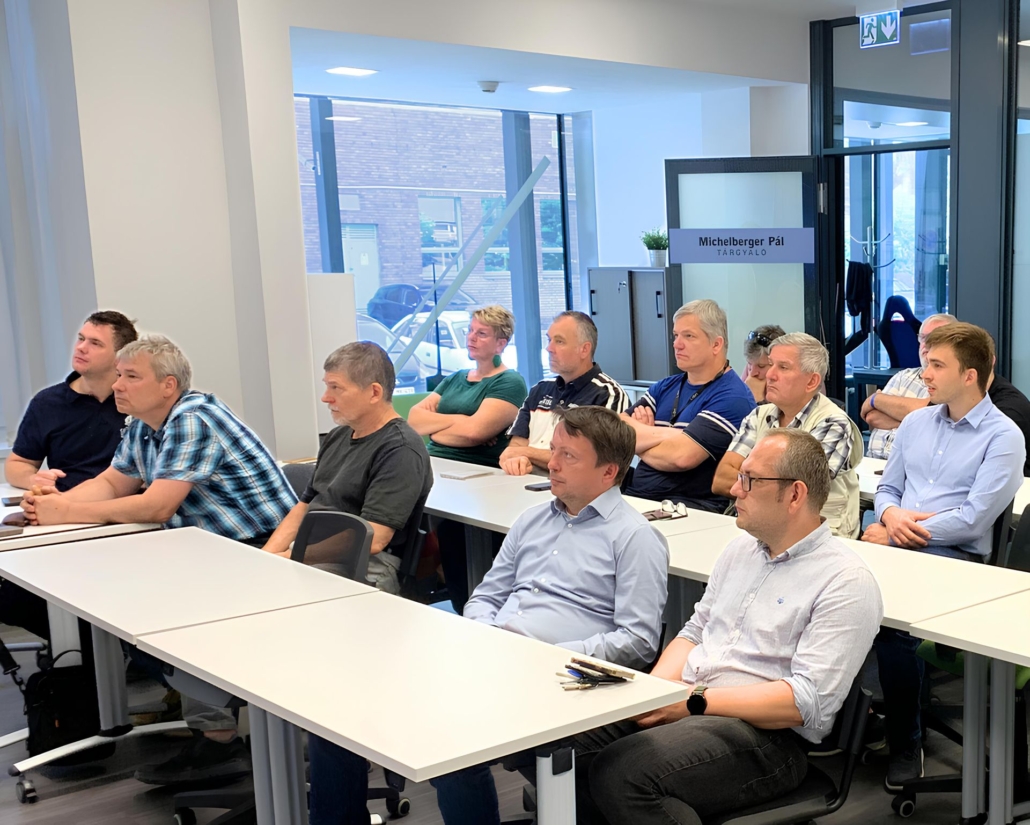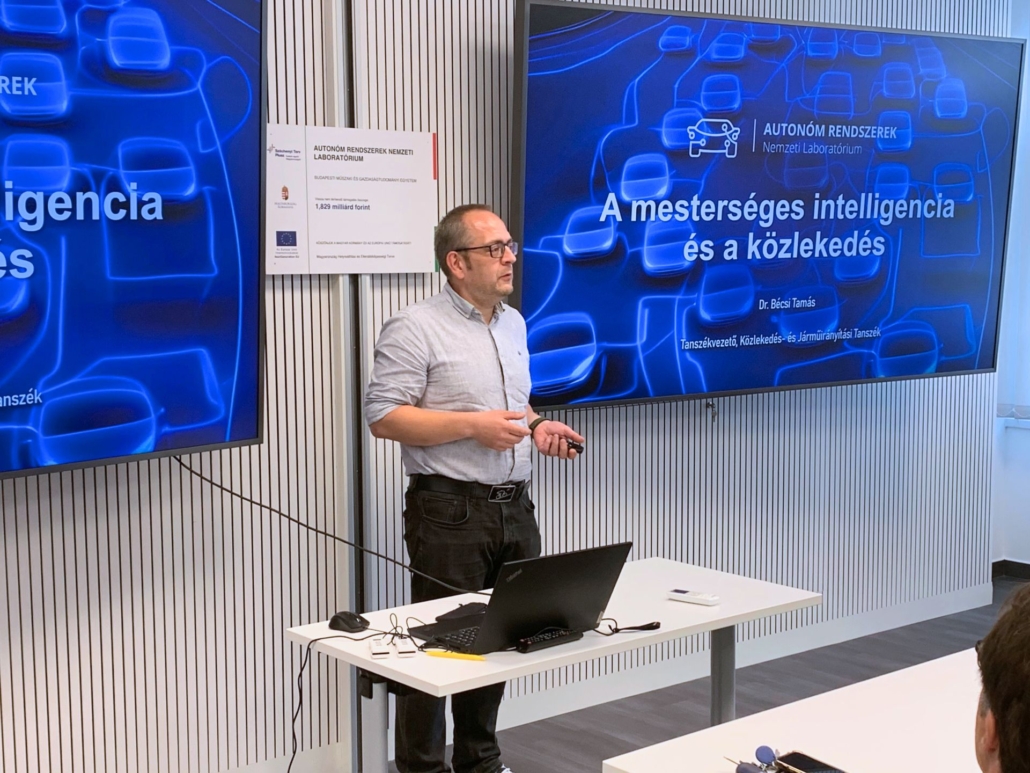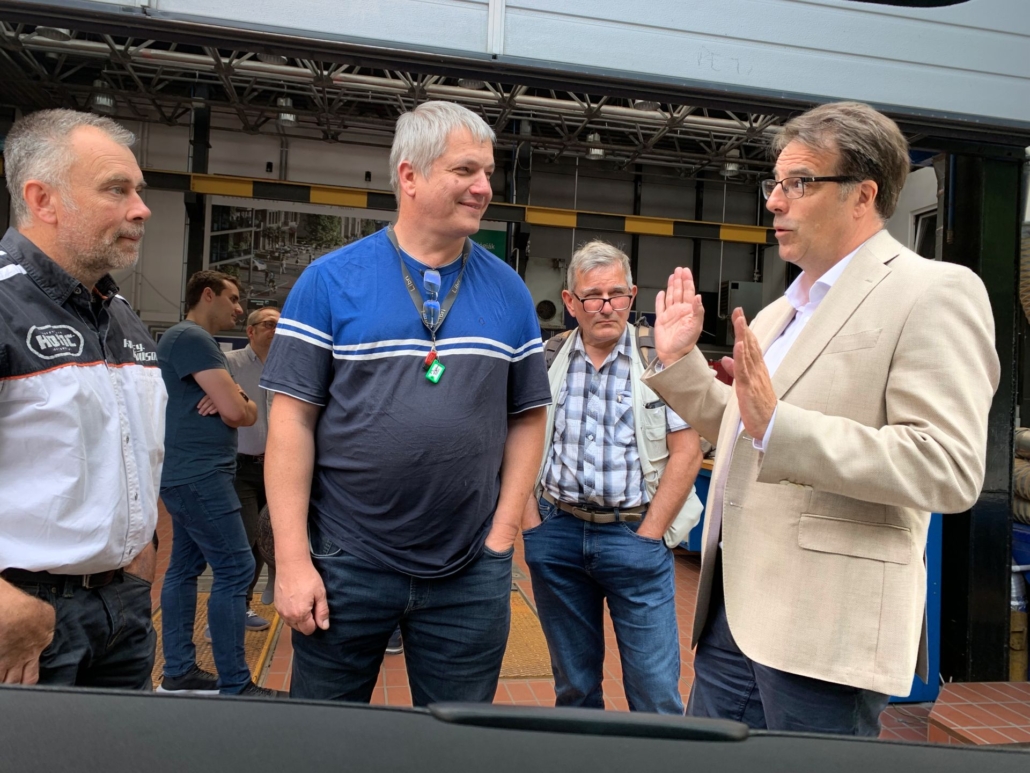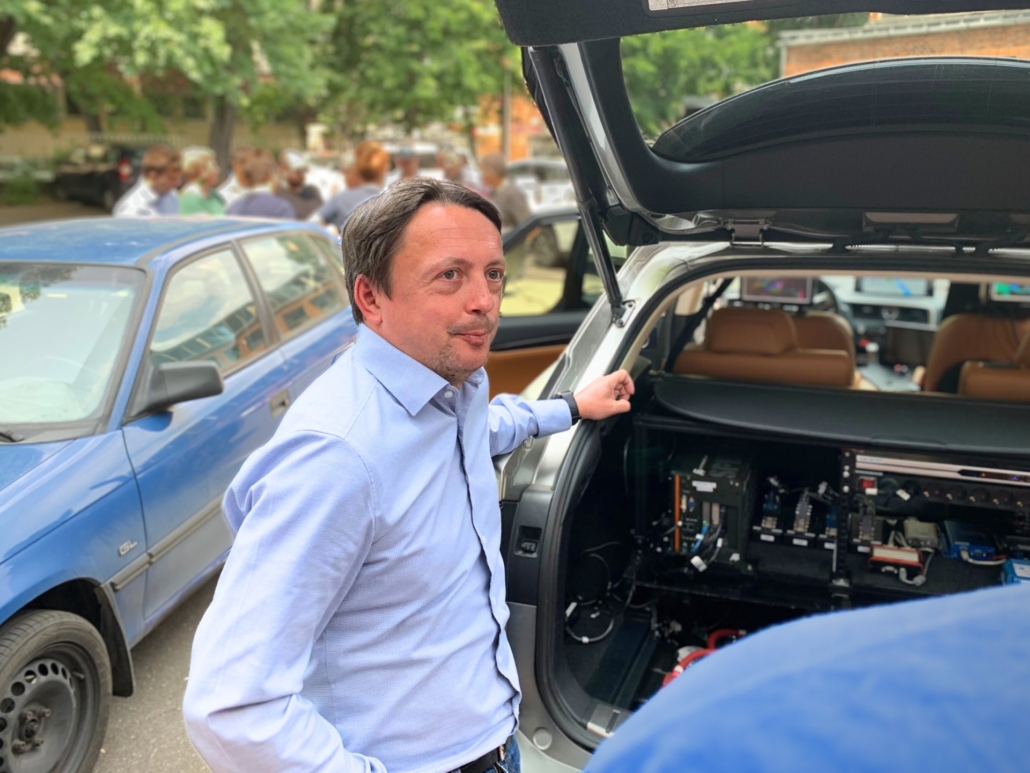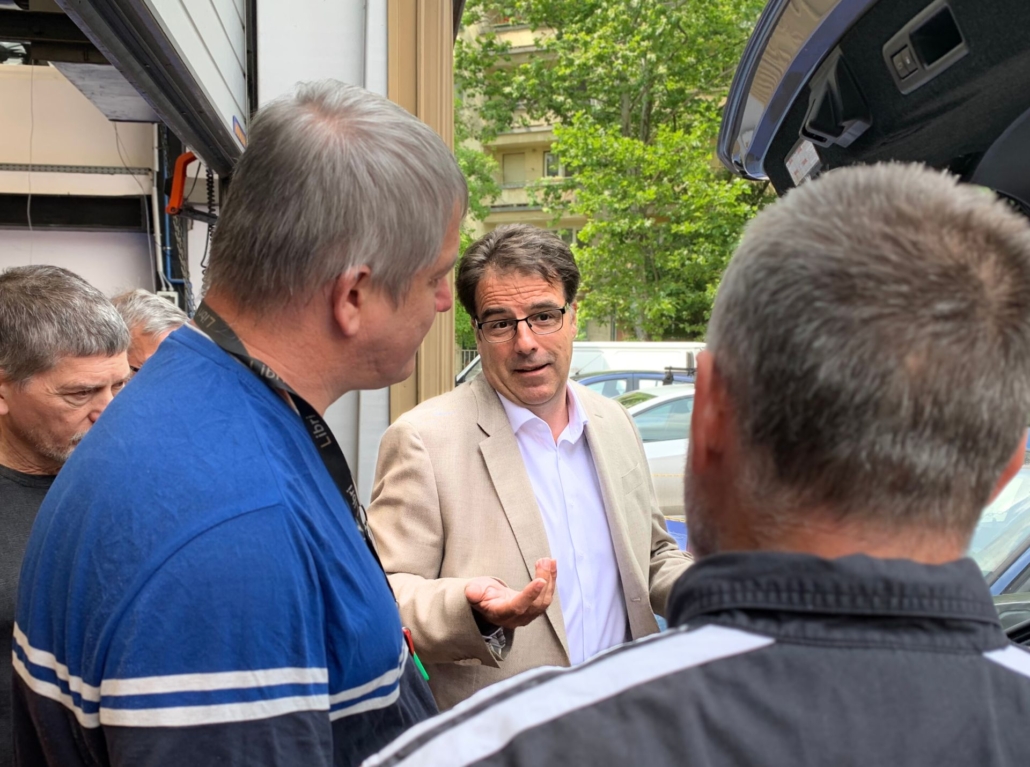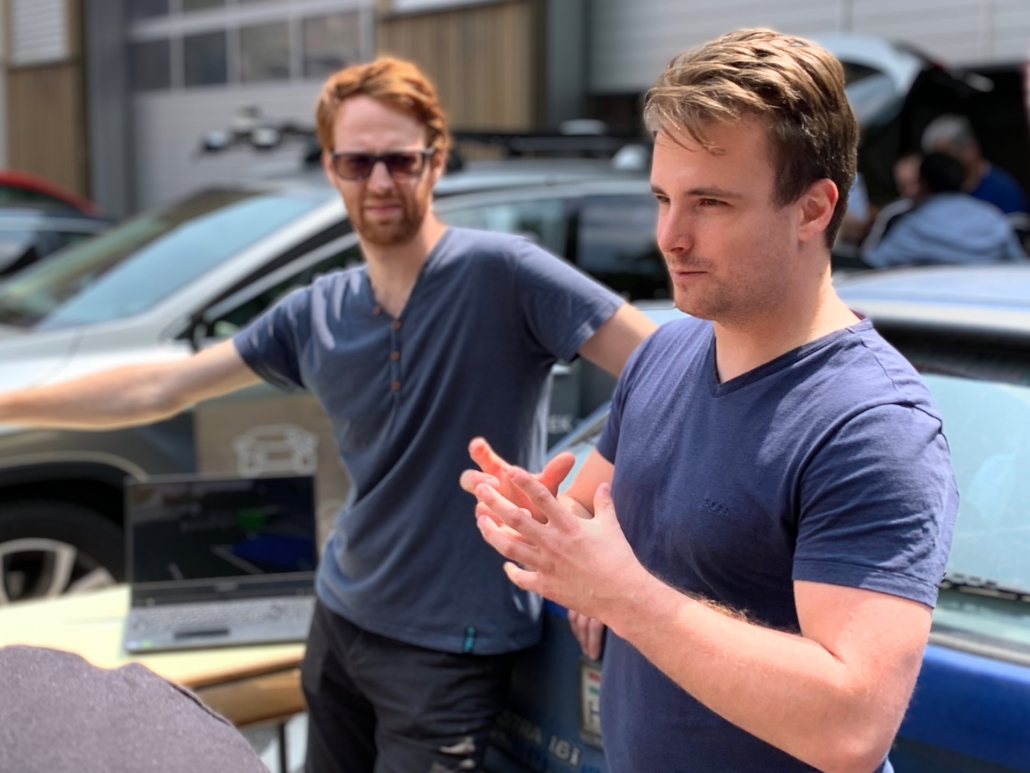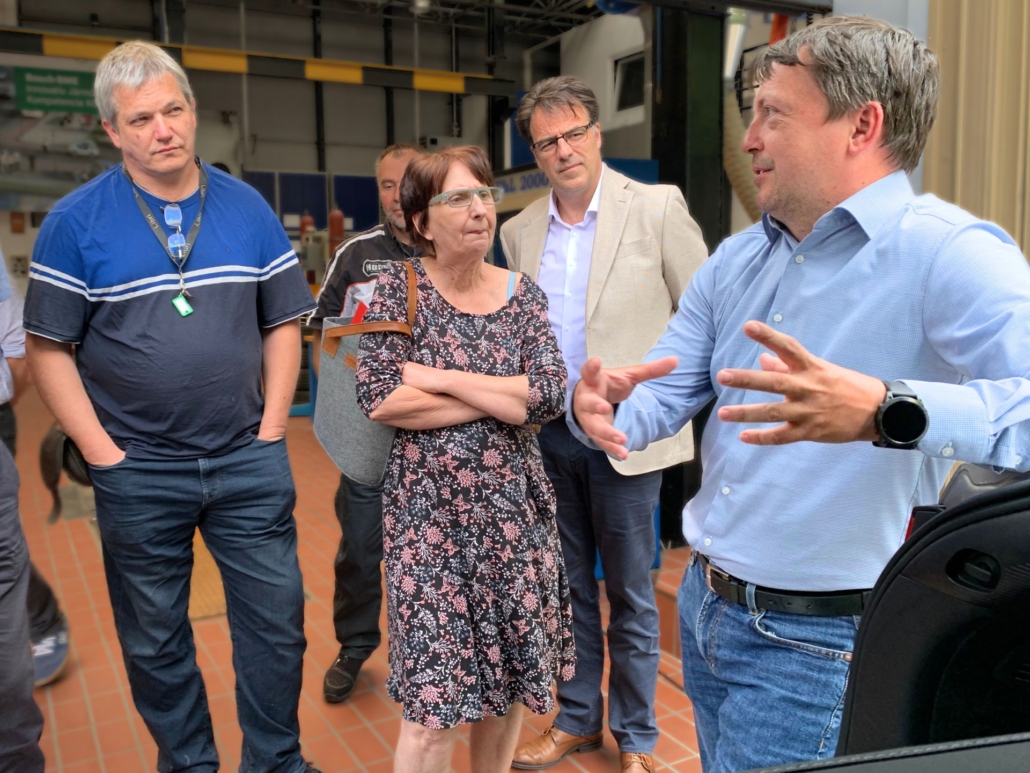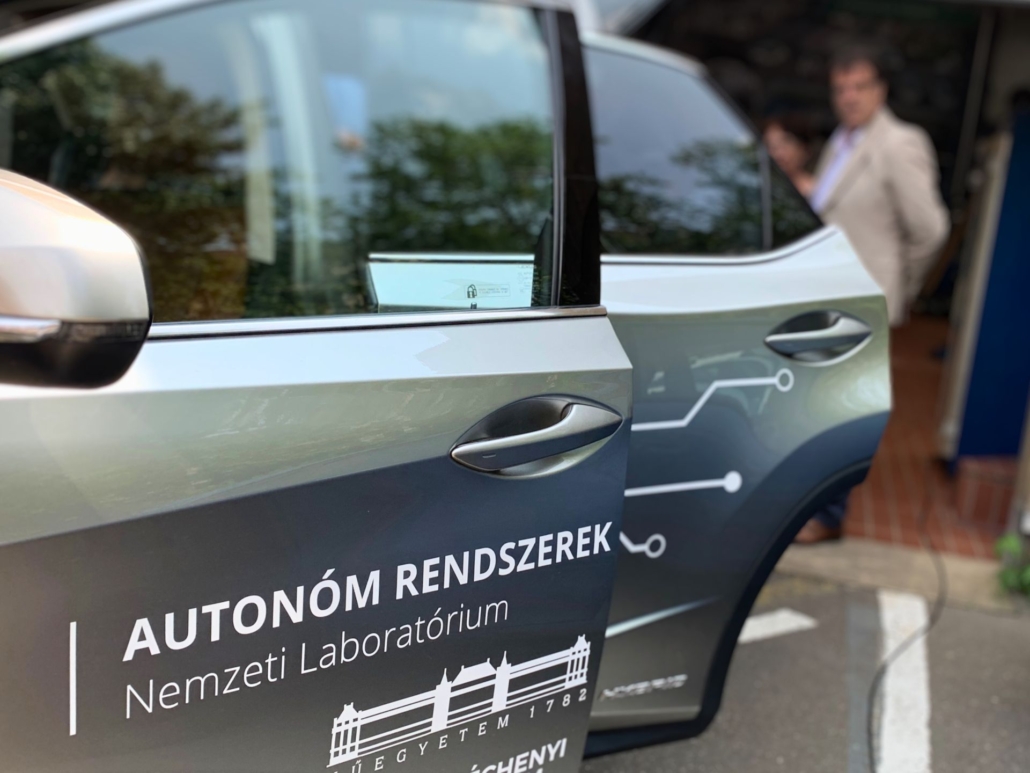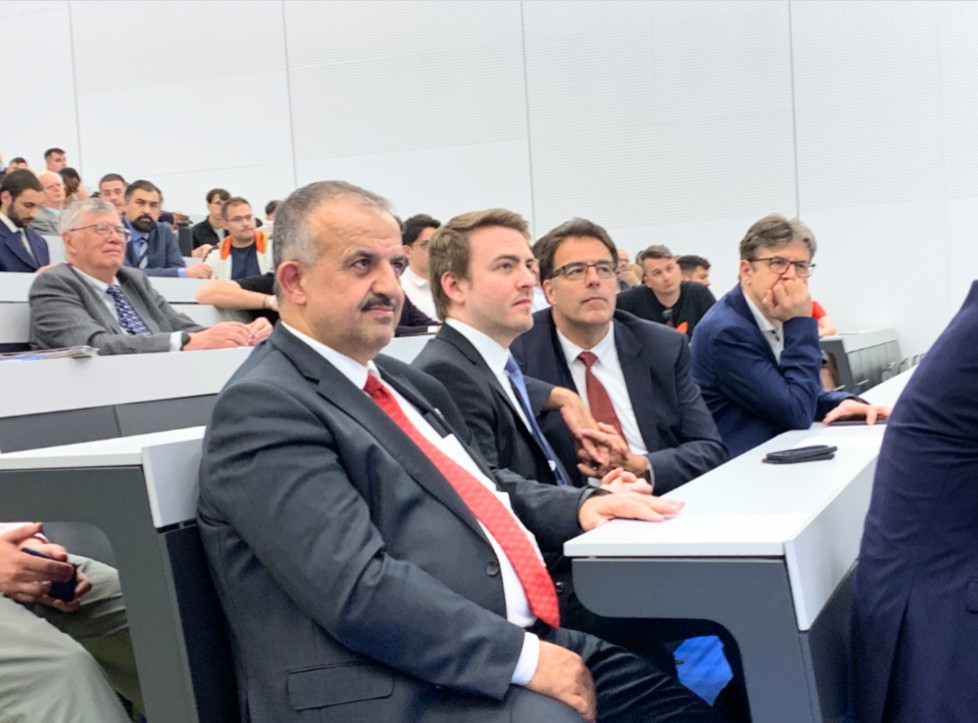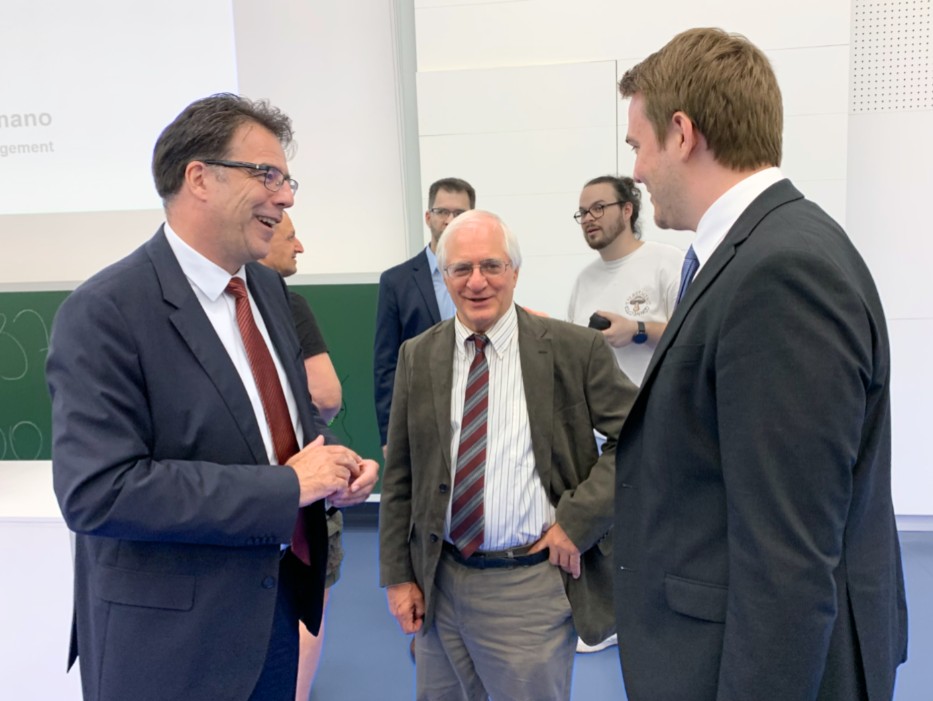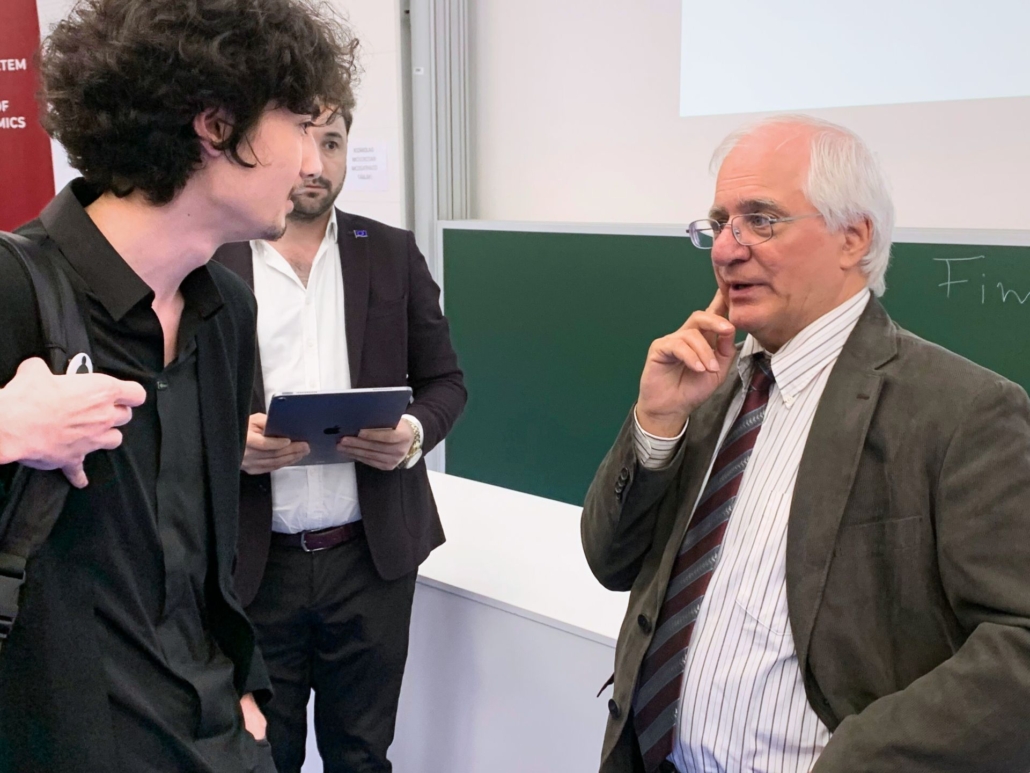“In Industry, Too: No Effort Is Ever Wasted”
This year, one of the jury members at the Safety First! final was Péter Simányi, Lead Project Engineer at Jaguar Land Rover. In his view, students once again performed at a high level—not just technically, but in their attitude as well. We spoke with him about his experiences, the real industrial value of the competition, and the road to becoming a successful engineer.
– What impressions did you leave with after this year’s final? Was there anything that stood out to you in particular?
Even last year, we saw surprisingly mature ideas in the entries—and this year was no different. That’s especially encouraging to me. On the one hand, it reflects the excellent work being done by the university’s faculty and programs. On the other, it shows that students are not only following industry trends—they want to shape them. And I believe this ambition—the drive to help shape the future—is absolutely key to long-term success.
I was most impressed by projects where teams identified an existing problem and started with a known solution, then reimagined and validated it based on their own ideas. That mindset is crucial. In the real world of industry, it’s rarely about reinventing the wheel. Rather, we evaluate and adapt existing solutions to make our vehicles safer and better. That’s how we innovate a little each day—and, with some luck, occasionally experience a true “Eureka” moment.
– What kind of value does this competition offer from an industry perspective?
Engineering—especially in the automotive sector—rests on three key pillars: problem-solving, teamwork, and presentation. As engineers, we often face challenges we didn’t even know existed in the morning. Technical readiness is essential, particularly in areas like Functional Safety, where people’s lives are literally on the line.
At the same time, soft skills are just as important: we must collaborate with other teams and stakeholders, communicate effectively, negotiate compromises, and listen to and accept differing opinions. And eventually, we must present all this to decision-makers who often have only 30 minutes to grasp the issue and make a call.
Safety First! gives students a supportive and safe environment to develop exactly these abilities.
– How successfully does the competition reflect real-world industrial challenges?
Very successfully. Students are able to pinpoint problems that industry players also struggle with—albeit on a different scale, since their resources and experience are different. But accurate problem formulation is already a sign of insight—even if guided by university mentors.
Several times—both this year and last—jury members were surprised by how closely a team’s project mirrored problems currently being tackled by global automotive groups. And it’s especially positive that some students deliberately chose topics outside their comfort zones to broaden their horizons. That’s a tremendously valuable attitude that deserves support.
– Were there any students or teams worth keeping an eye on for the long term?
Yes—and in fact, two members of this year’s winning team, secUred, are already my colleagues at JLR, having joined the company some time ago. And I believe one of the members of last year’s third-place team, vADAS, is also now working with us.
That says a lot about this competition: it’s an excellent springboard. As jury members, we’re watching not only as judges—but as potential future colleagues. The opportunity is there for everyone.
You don’t need to coordinate a Moon landing as a university student—what you do need is dedication, persistence, and self-management. From what I’ve seen so far, students are getting the technical knowledge they need from the university.
– What advice would you give to those planning to participate next year?
Go for it. Step up, show who you are, gain experience! After every final, I’ve told participants: you can be proud of yourselves. The fact that you chose to spend your time learning and growing—often in skillsets you didn’t even expect to use—will always pay off.
I used to be a professional athlete, and one thing we often heard was: “No effort is ever wasted.” That holds true in industry too. These students poured their free time into their projects—brainstorming, collaborating, getting stuck, getting unstuck, and going the extra mile. That attitude takes you far—in your career and in life.
And presentation skills are especially important. You can tell when someone has watched professional colleagues present during an internship. My advice is to think carefully in advance about what you want to show and what you want to say. Keep those separate. Overloaded slides take attention away from your message.
I follow the 7:1 rule: no more than seven words per image on a slide. That way, your audience can absorb the content—and you can tell the rest yourself.
– What does it mean to you personally to take part in this university-industry collaboration as a jury member?
It was a truly rewarding experience. I believe this kind of collaboration is a model worth following, as it serves the interests of both sides. University education is only truly effective when it prepares students for the real world—and industry has a strong interest in supporting that process. After all, today’s students are tomorrow’s engineers—our future colleagues.
The synergy among the jury members was absolutely fantastic. We understood each other very well and collaborated effectively throughout.
I am truly grateful for the opportunity to be part of such a prestigious competition once again.
